Vintage watch collectors: knowing them is loving them

Vintage watches… to use them or to look at them?
11 February 2019
The man who said no to a Rolex Red Submariner
6 May 2019Who said the second parts were never good? We present the second article by Luis González for our Blog. If you liked “Vintage watches … to use them or to look at them?” We are convinced that this second post will make you laugh out loud. His brilliant narrative style walks among the variegated typological profiles of the vintage collector. He does it with his habitual acidity but with the kind look of which he feels part. In my opinion, an article that Groucho Marx himself could have signed. To enjoy!
WRITTEN BY
LUÍS GONZÁLEZ
From my previous entry in this blog -which incidentally had an excellent reception, which I appreciate- in a well-known forum of watches an interesting flow of opinions was generated in which an idea often appeared and reappeared: “there are many types of collectors “.
It made me think. I had quite clear that a collector of vintage watches is a sensible person, with good taste, with a certain consistency in his choices (which may change over the years), who knows how to appreciate wearing a piece 40 or 50 years-old, who often uses some of his watches and who enjoys sharing and chatting about them with people of similar tastes. I was not particularly aware that a watch collector was a human being with many particular defining edges or characteristic features of his own.
So I began to meditate a bit on the type of collectors or watch fans I have met during my years orbiting in vintage circles. And, surprise, it turns out that indeed I found abundant matter of reflection; Suddenly I began to embody various prototypes that, unconsciously, I had previously categorized in my mind.
Without any intention of hurting anyone’s susceptibilities -among other reasons, because I recognize in me several of these traits- but only trying to extrapolate some behavioral patterns or interesting procedures for informative purposes, let’s see some; described with a little dose of parodic hyperbole.
THE RECUPERATOR
Also called by some, with some condescension, scrap dealer. For them, any watch with less than one inch of genetic material attached to the case is a posh thing. Clean bracelets, complete watches or the NOS concept offend their sensibility. Paying more than 10 euros for a watch seems to them little less than extortion. But hundreds are spent on ultrasound machines, chrono-comparators, high precision watchmaking tools, spare parts and various chemical products. People of great manual skill, they actually appreciate mechanics more than watchmaking. They are regulars at street markets, where they like to get their hands dirty by poking at the less promising stalls. They are good hearted and generous: they often give away what they can not repair and they love sharing their useful practical knowledge.
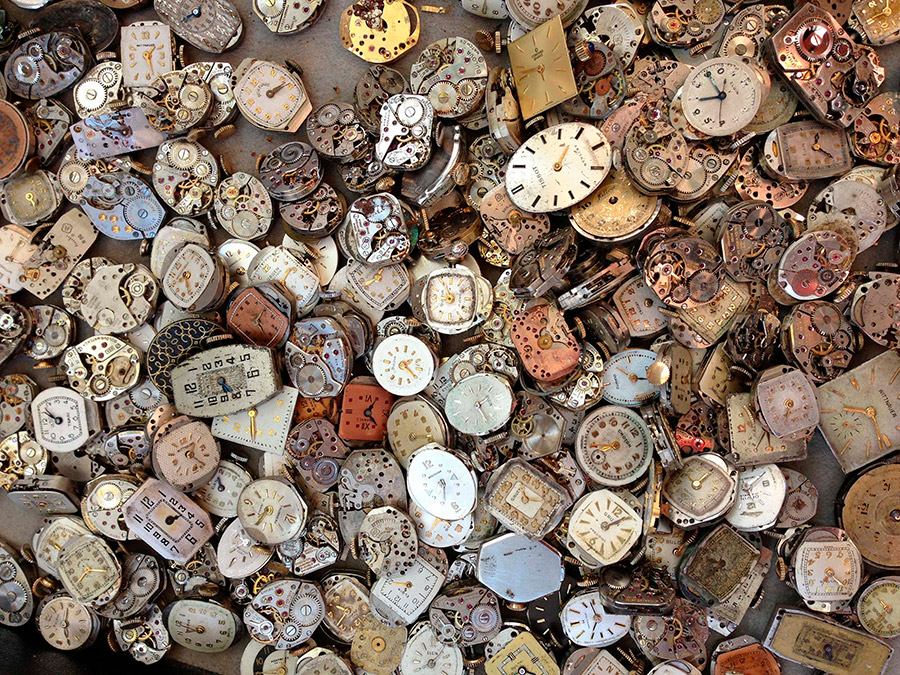
THE VINTAGE FANATIC
Endearing figure that usually relates very well with the previous one, although unlike them they do not repair or put a hand inside watches, due to lack of technical expertise or because the watchmakers have to earn a living with something. They always prefer to wear a watch with obvious signs of having lived that the same watch in good condition “because a vintage has to show their wounds.”
In the advertisements, they are the direct recipient of phrases such as “beautiful and uniform patina true to its age”, “elegantly tropicalized dial” or “signs of normal use”, which he accepts and believes blindly since they help them to enjoy more fully the watch (for newbies reading this text, I leave evidence that the translation of those phrases into normal language would be, approximately and respectively: “dial absolutely worn out due to dust and humidity”, “I forgot the watch in the sun all summer “and “case with more hits and scratches than the complete saga of ‘Rocky’ “).
They usually wear “only hour” watches of classic format, local brands and medium-low range in which some letter of the brand or any of the inscriptions of the dial are lost or half erased.
THE DOCUMENTED
A character whose obsession is watches “with box and papers”. Especially the papers. If he is lucky enough to be able to trace the owner of a watch that interests him, he can travel thousands of miles to exhume the corpse of the seller’s grandfather to analyze the DNA, compare it with the sample obtained from the back case verify that, indeed, that watch belonged to him and hadbeen three generations without leaving the family, as the announcement stated. Otherwise, he prefer not to confirm the purchase because “it is always better not to rush”.
THE COMPLETISTS
Their collections are usually the best and most coherent of the world. They are usually mono-brand collections, and very often even mono-model, on which and its variants they investigate until exhaustion and becomes experts. The only problem is that when they show their collection to profane or more generalistic fans they do not understand and feel scandalized if asked why they have so many watches exactly the same. It is a person able to differentiate with a blindfold a model of Rolex Submariner from another touching the edges of the guards of the crown. Also a very widespread figure among Omega Speedmaster collectors.
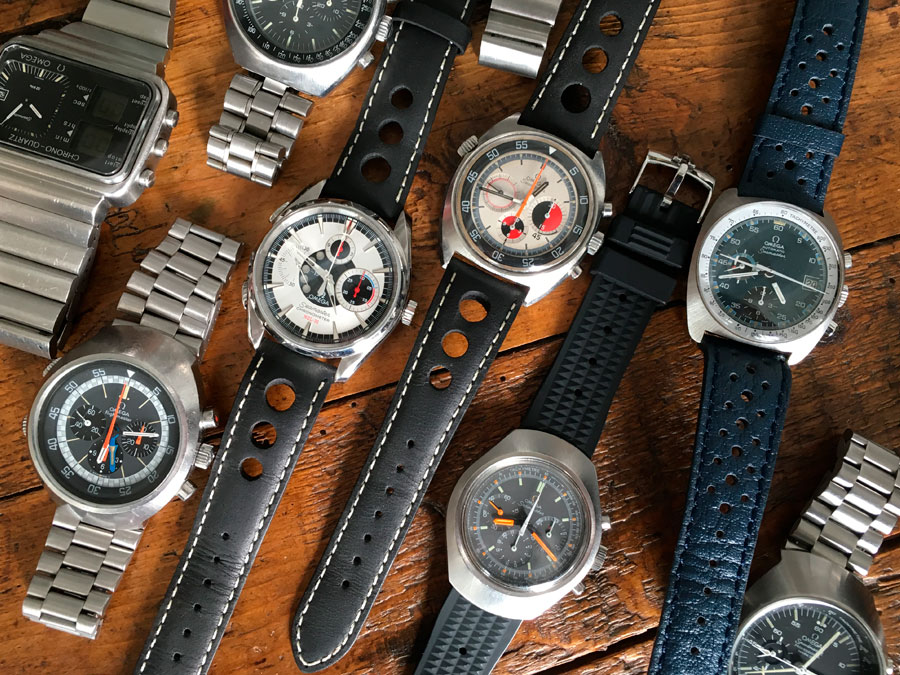
THE COMPULSIVE
This profile responds more to an accumulator than to a real collector. What satisfies and motivates him is the process of finding and buying the watch; the subsequent possession is only a mere consequence, not always desired. Although he usually presses with the price he is willing to pay and is firm and demanding (to use a euphemism …) in the negotiations, he is not so much the same in terms of condition or originality of the piece: actually, he is perfectly aware that when arrived home, he will get bored with it, it will overwhelm him having bought it and will soon sell it to buy another one. They are sufferers by nature. If you are a collector of another type, it is always interesting to have friends among this group: they save a lot of search work and usually sell cheap or in a hurry.
THE RASTREATOR
They know everyone (and when I everyone it means everyone) of the Internet sites where you can put a watch for sale, even those in Chinese or Japanese and those Russian sites on the deep web where those Rolex that are distracted to their rightful owners show on. They spend hours in front of the screen of the phone or computer. They have alerts activated even in the pawnshops of their neighborhood and arrive at dawn to the flea markets before they set up the stalls. Virtually never buy anything, but they are aware of any offer and market price swing for most models and most recognizable brands. A great advisor for other collectors.
THE UNLIMITED BUDGET
Although the recent economic crisis has contributed to its moderation and has endangered the survival of this figure, this type of collector is still one of the causes of the bubble of vintage watch collecting and its constant price increases. Never discuss the cost: what for? Negotiating the price “is for poor people”, so they pay what asked and also tend to believe wrongly that the more expensive a watch is, the more collecting value it has. It is not always an exercise in arrogance: they simply earn their money and spend it as they want, there is nothing ethically objectionable to it. But that money availability makes them fall into a comfortable safety and accept that a Rolex 16610 can not be good if it costs less than 7,000 euros. And that is how it goes to the rest of people. They are usual ‘victims’ of Italian dealers (Italy is a mythological place in watch geography where you can be asked 20,000 euros for a Universal Genève Space Compax without laughing or anything …). A very appreciated collector by watch sellers in general.
THE BARGAIN MAN
They do not collect, they look for bargains. No matter if a solid gold watch or a digital 70s or a Longines 30L or a plastic Lip; what they want is to be able to say that they have paid a lot less than they think a piece is worth. Psychological nemesis of the previous one, its global force as a collective is not enough to counteract the price increase caused by the endless pocket collectors.
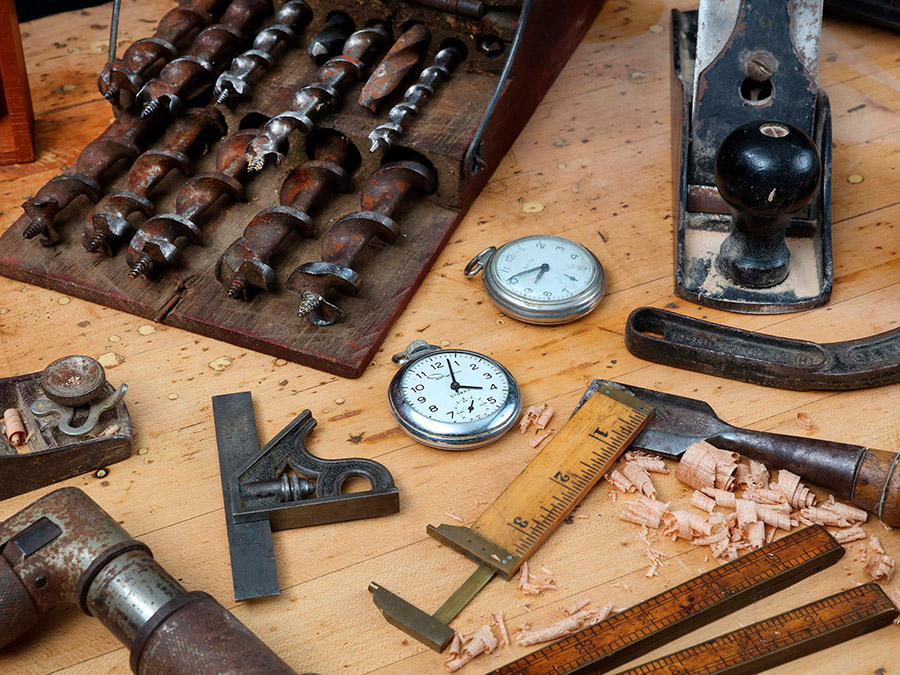
THE INVESTOR / SPECULATOR
In some sense related to the bargain man, but at a higher economical level. Although they like the watches they buy and usually buy them to use them at first, they only buy watches that they think can be resold at a more expensive price in a near future. It is not always important that the watches respond to some special criteria, just that they are “well bought”. The amortization concept is unknown to them: no matter how long they use a watch, to their eyes it will always look at the same condition as when bought and they will never accept to sell it for the same or less money. They are very surprised that the watches they advertise to sell do not come out in ten minutes and they never quite understand why they always lose money with sales.
THE FUNDAMENTALIST HISTORICIST
To describe this type, two compared images are enough:
- a Longines 13ZN (despite what the Swatch group has done with Longines in the last decades) in a correct state is unparalleled and undoubtedly one of the holy grails of the collection of vintage chronographs.
- a Longines 13ZN that has broken a two millimeter wire whose sole function is to hold the minutes sub dial hand when at rest and has been replaced by a wire exactly the same but manufactured by a contemporary watchmaker is junk not of any interest.
That a 13ZN caliber is composed of more than a hundred different micro-pieces and that all the rest are perfectly original is an argument that he will not listen to.
He has very hard times and burns eyelashes through old booklets, magazines and internet forums comparing movements, hands, crowns and dials to make sure that what he wants to buy meets absolutely all kosher standards.
When you can relax, it can be a great source of data and information.
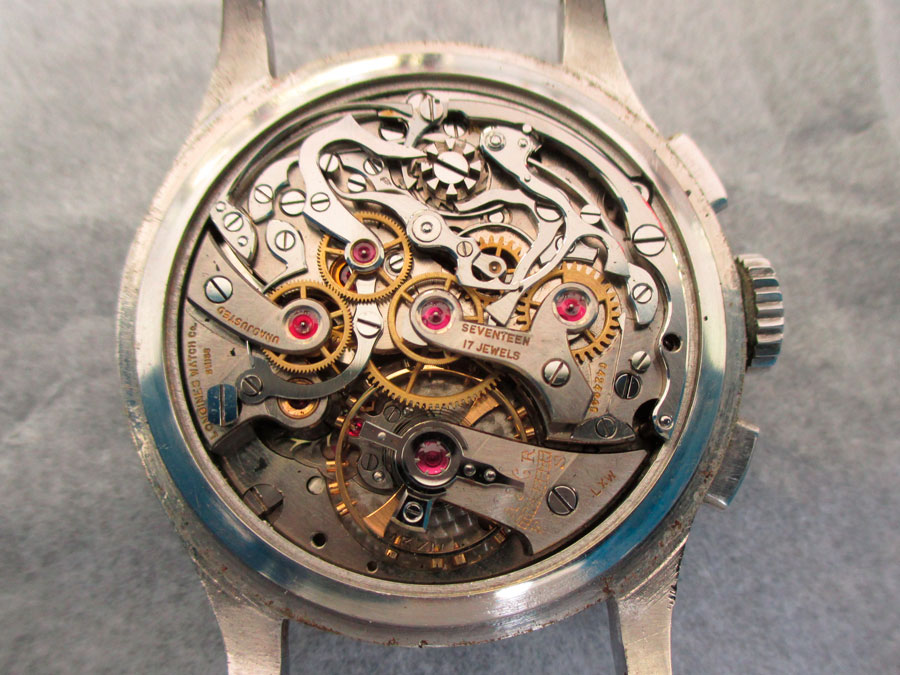
(picture: mitka.co.uk)
THE LOCALIST
He does not trust anyone who lives more than 10 miles from his house. He does not trust the postal service. Does not trust the courier companies. He does not trust anyone who speaks in a different language. Does not trust flea market sellers (this is good …). He does not trust anyone he does’n know personally or can deal with face to face. He often invites to coffee or pints to make it easier for the other party to accept the personal meeting for hand delivery. His collection can be good or bad, but it will always depend on what his neighbours put up for sale, although he does not always trust them.
THE SEIKOLLECTOR
A show in himself. Aware that he lives in a parallel universe of inexhaustible shapes and colors -something similar to the factory of “Charlie and the chocolate factory” but in watchmaking- he is formed to obtain the tools and skills, particularly memoristic and visual, that allow him to survive at. He gets to know the whole of the dial configurations and combinations of case and bracelet of the pre-1977 models from the brand; and this is complicated. In addition, he is able to distinguish without problems between two shades of light orange almost the same to determine which of the two sets of hands is that word that for them is worse than the advent of the end of the world: ‘aftermarket’. This type has ties with the completists and has its own terminology: or is it that someone else knows what kakume, pogue, tuna or tokei zara means?
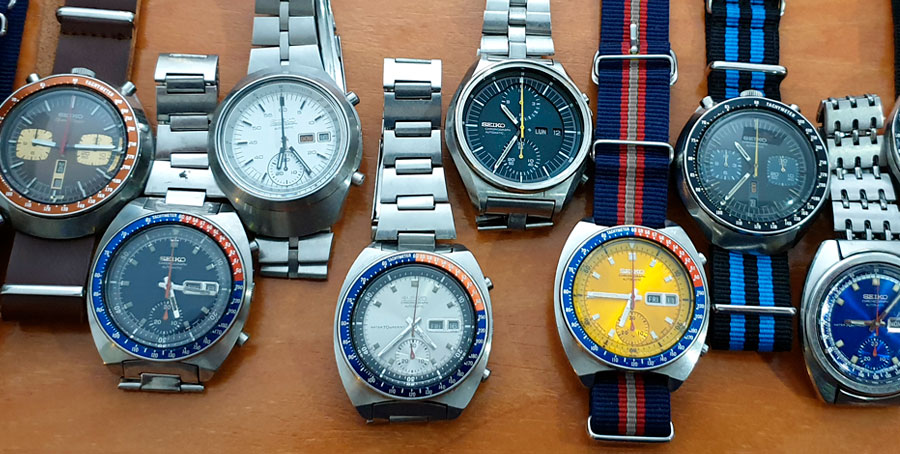
Well, you see. I imagine that to be honest it is simply the dominant features of the character and personality of each person applied to the prosecution and accumulation of watches, but there really are many ways to deal with collecting. All legitimate, all entertaining, all satisfactory. Because in the end all of them share the respect, the admiration and the affection for some objects that deserve it a lot.

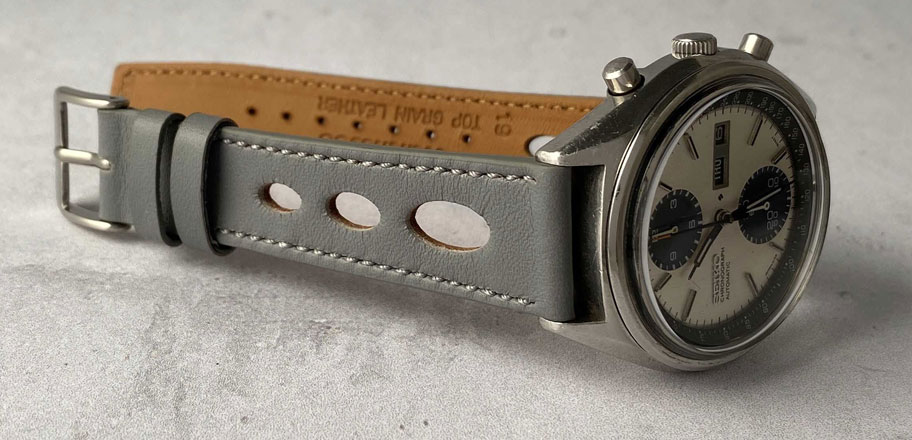
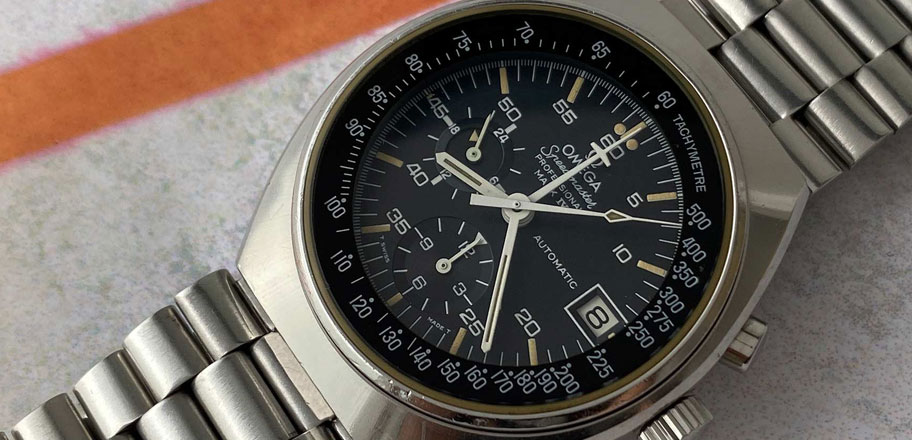
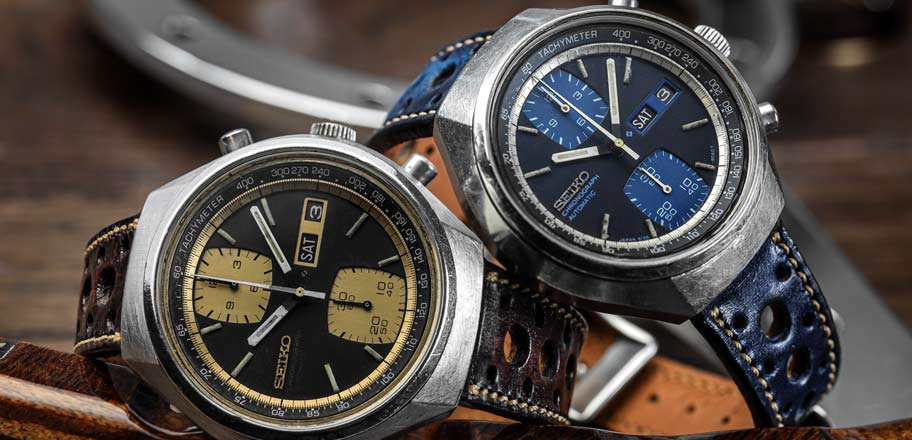
1 Comment
Like!! Great article post.Really thank you! Really Cool.